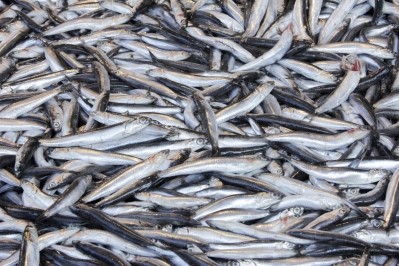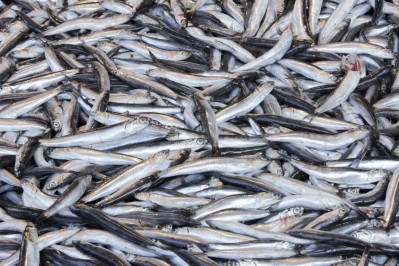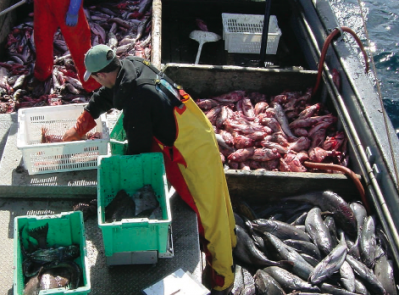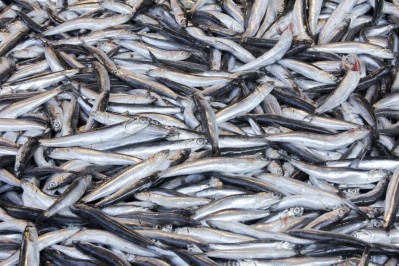Latin America
Collapse of Peru fishery less significant than first feared, omega-3s suppliers say
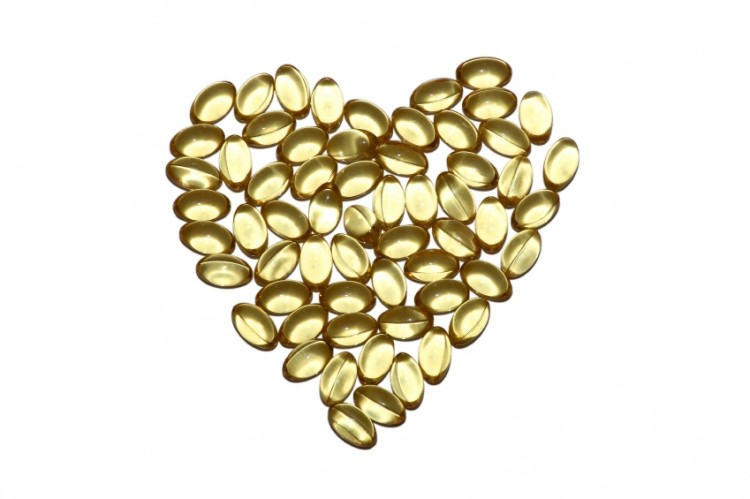
Stable long term outlook
Suppliers including DSM, FMC and Marine Ingredients were polled by NutraIngredients-USA and all agreed that the current situation, while a cause for concern, actually serves to demonstrate the long term viability of omega-3s supply. The fishery was closed because a biomass survey showed that anomalous water conditions had caused the normally dense schools of the fast-growing, short-lived fish to either disperse or die back to unharvestable levels. While no one was celebrating that development, the closure of the fishery is a sign that IMAPRE, the Peruvian fishery authority, is doing its job, said Will Black, vice president of marketing for DSM which became a major supplier in the marine omega-3s filed with the acquisition of Ocean Nutrition Canada.
“We have the utmost confidence in the authorities in Peru that manage the fishery. We think they are taking the right types of decision for long term sustainability,” Black told NutraIngredients-USA in a recent interview at the Expo West trade show in Anaheim, CA. “The Peru fishery is among the best managed in the world.”
“There is good news present in last year’s early shut down of the Peruvian anchoveta harvest and that is people are doing their jobs and the monitoring system is functioning the way it was intended. The South American fisheries are normally robust. However, cyclical oceanic phenomenon such as El Nino can sporadically affect the migratory patterns and ocean depths of various fish species,” said Todd Parker, vice president of business development for Mount Bethel, PA-based Marine Ingredients.
“Short term we can kind of see things like that coming, and we are well taken care of throughout 2015 in terms of supply. There are things you can do with fish oil such as refine to a certain point to improve the stability and they you can hold it indefinitely. You can hold under chilled conditions or in some cases you can even freeze it,” Black said.
Parker agreed, saying it’s not complicated to build in inventory flexibility in omega-3s supply, assuming a company was forward-looking enough to acquire excess stocks in the first place.
“The keys to maintaining freshness are quality manufacture and proper handling. For one thing, the entire process should be anaerobic. When handled properly, omega-3 will show virtually no signs of reduced freshness, meaning measures like peroxides, total oxidation, and EPA DHA levels will not change,” he said.
Shortages, price drive innovation
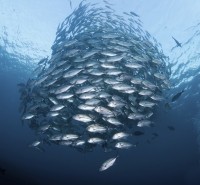
“Raw material supply shortages always have some impact on pricing, as the omega-3 industry is completing with the much larger aquaculture industry for the annual catch. Of course when supply is down, the price goes up on crude fish oil, and this can put upward pressure on shelf price,” Parker said.
But at the same time the supply has been constrained, demand has fallen as well. Several equivocal studies on omega-3s and the attendant negative publicity coupled with a dearth of positive message on the part of industry combined to depress sales for omega-3s in North America, the biggest market of the ingredient. And that has cushioned the supply blow to some extent, said Baldur Hjaltason, manager of the EPAX division of FMC Corporation.
“The slowdown in the US market means the industry has not needed as much oil,” Hjaltason said.
Even so, the bottleneck has pushed new sources of oil to the fore, Hjaltason said. Morocco and Turkey have now become major sources of crude oil. And suppliers are finding ways to get oil out of what previously were production streams that went toward lower value end products.
“People are looking everywhere else for oil. When we are talking about fisheries in Peru or in Morocco we are talking about pelagic fisheries. A large part of the fish oil market today is using the offal of processing fish for human consumption. About a quarter of the crude fish oil that is now being produced is coming from some form of offal,” he said.
“We have secured the supplies of oil we need to guarantee supply to our customers In general what I am saying is that everyone thought that the impact of the collapse in Peru would be significant but it is not as large as we expected,” Hjaltason said.
